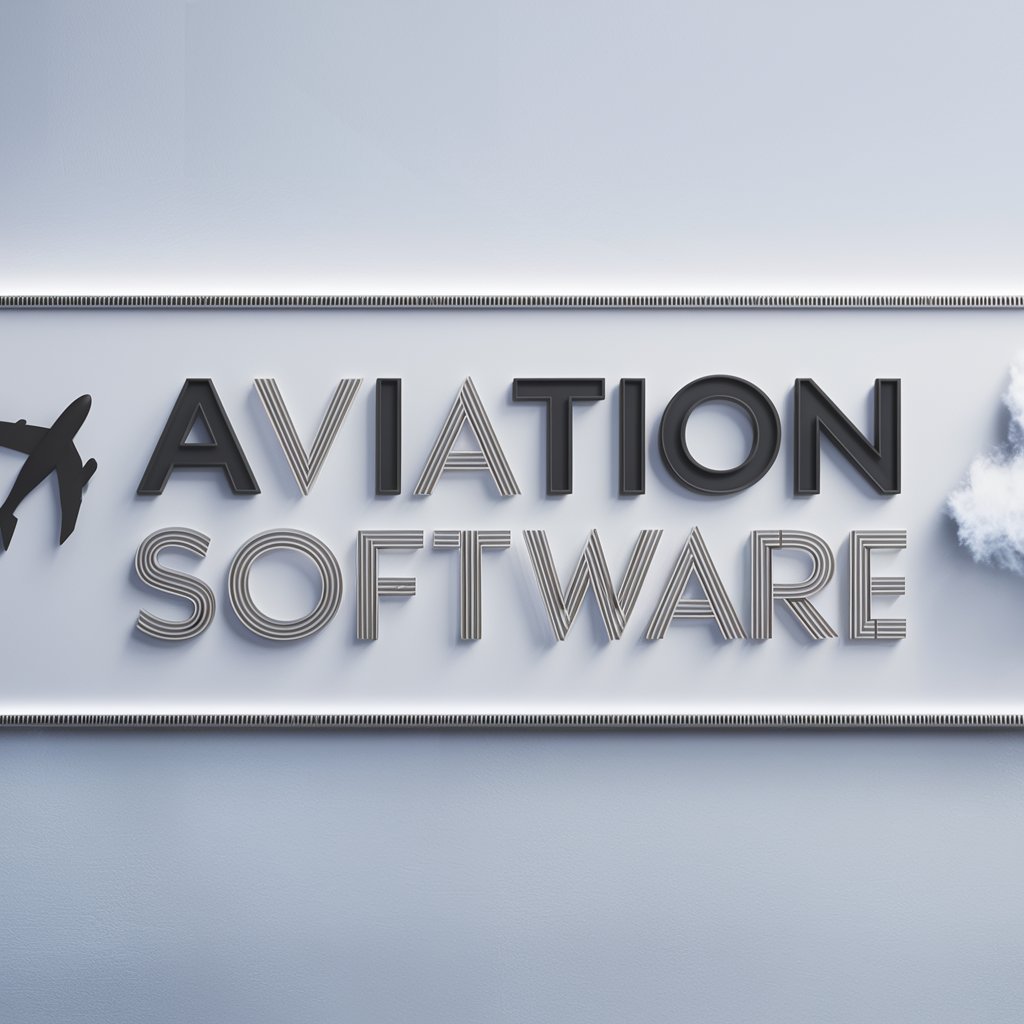The modern aviation business is built on efficiency. To survive and thrive, these companies need efficient planes, routes, booking systems, customer service, etc. Even small improvements can translate into massive savings when implemented at scale, so the search for better ways to do everything never ends.
That’s where aviation software comes in. These powerful tools are exceptionally adept at uncovering and tackling improvements in nearly every area of the aviation business. But how exactly are they achieving these gains and how can you choose the right one for your business?
Why is using aviation software beneficial to a business?
Aviation software helps companies improve nearly every aspect of their businesses. For example, by improving customer experiences when booking, preparing for, or changing flights. It can also help find more efficient routes for aircraft, identify the ideal moments for predictive maintenance on those aircraft, handle customer service questions, and much more.
Whether you’re looking at very technical behind-the-scenes questions or the most public-facing things a business does, aviation software is integral. Without the ability of such software to effectively manage all of these tasks, there’s simply no way aviation companies could operate in today’s competitive climate.
How does aviation software change air travel?
As mentioned above, aviation software touches nearly every aspect of air travel. But, to really understand how it’s affecting the industry it’s worth exploring this in greater detail.
Enhancement of security
Aviation companies always need to balance the need for protecting the security and data of their customers while adhering to strict security regulations. The right aviation software can make that far easier, implementing robust data protection protocols while streamlining the kind of reporting required by regulatory agencies. It can also help reduce human error by ensuring software communicates seamlessly through APIs.
More enjoyable air travel experience
When powerful aviation software uses algorithms to determine the optimal bookings, routes, etc. customers get lower cost tickets for flights that are less likely to be overbooked and more likely to be on time. Software can also streamline the booking experience by remembering user preferences, cutting down on the time needed to manually enter personal information and thereby reducing human error. All of this translates into a better overall experience.
Safer travel
Airlines always need to balance safety and overall efficiency. That requires finding the optimal schedule for servicing aircraft, the optimal flight routes around inclement weather, etc. Aviation software can make all of this far easier by accessing and analyzing vast amounts of data to make decisions. The result is lower costs for everyone without having to sacrifice safety or performance.
Smaller environmental footprint
With environmental concerns about the impact of the aviation industry top of mind for many, this is an important benefit of aviation software. By optimizing routes and aircraft performance, or simply offering customers the option to buy offsets at the time of purchase, such software can actually reduce carbon emissions.
What are the main components of good aviation software?
The first and most important component of nearly any piece of aviation software is reliability. Safety and security is simply not a place where aviation companies can take shortcuts, so it’s vital these tools minimize errors and maximize security wherever possible.
Then there’s user experience. Today, customers are increasingly demanding more from the user experience provided by airlines. That extends from booking to the flight itself and even handling issues like lost baggage. That’s why companies are increasingly competing on user experience in addition to things like price.
That said, price remains extremely important. Aviation software often uses AI-driven algorithms to analyze the vast amounts of data these companies generate to find ways to improve processes and services. That might mean helping determine the optimal price for tickets or the best route for a flight considering some real-time weather data.
Lastly, there’s the question of scalability and flexibility. Considering the pace at which the aviation industry changes today, ensuring your software can evolve over time is vital. Otherwise, you can end up investing heavily in something that fails to meet your needs after just a few years.
Choosing high-quality and reliable aviation software
Ultimately, there are three ways to get access to the kind of software that can drive all the improvements discussed here. The first is in-house development, though few companies have the internal resources to tackle that challenge.
The second is buying an off-the-shelf solution. While there are many options here, such software is unlikely to give you a competitive edge because by definition it’s available to all of your competitors. That’s why the final option, working with a custom aviation software development company, is usually preferred.
If you choose this route, getting quality software comes down to selecting the right partner and working with them to ensure they build something to suit your unique requirements. Ideally, they will have experience building custom aviation software and can guide you through the process of understanding your needs and developing the right solution.






